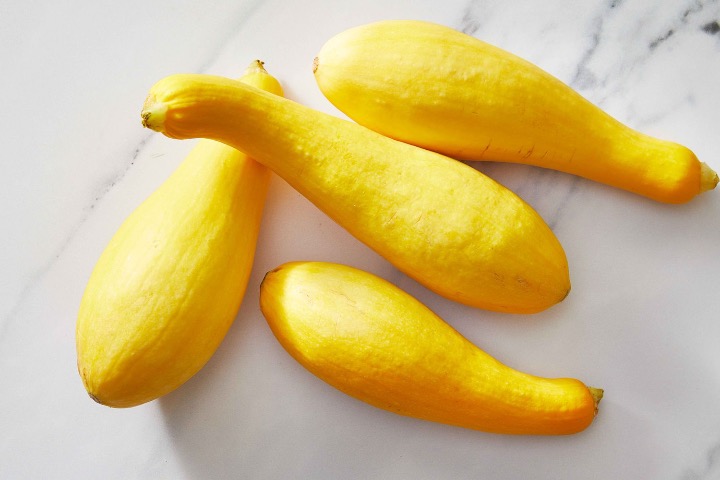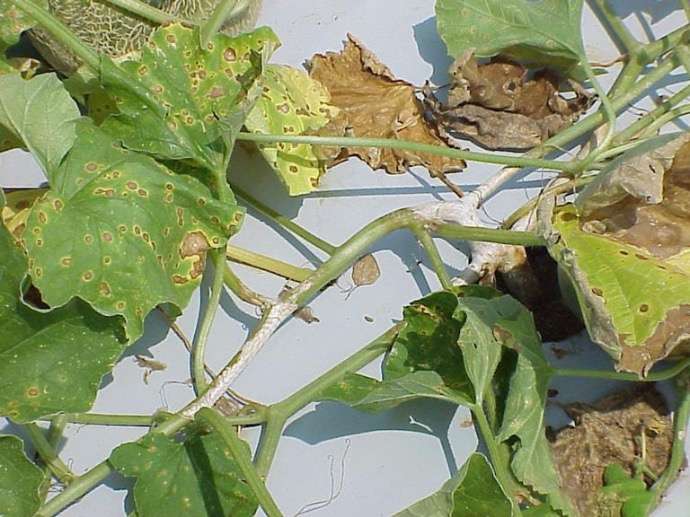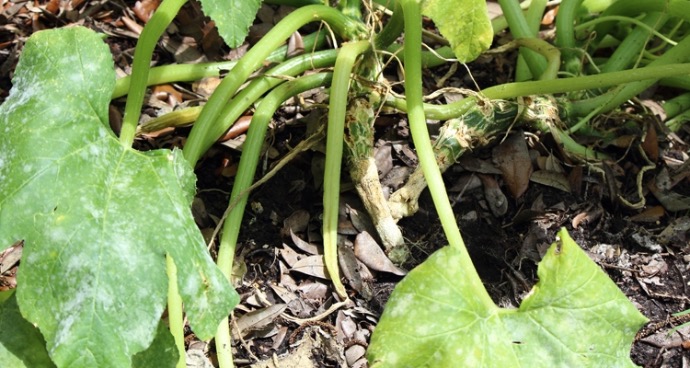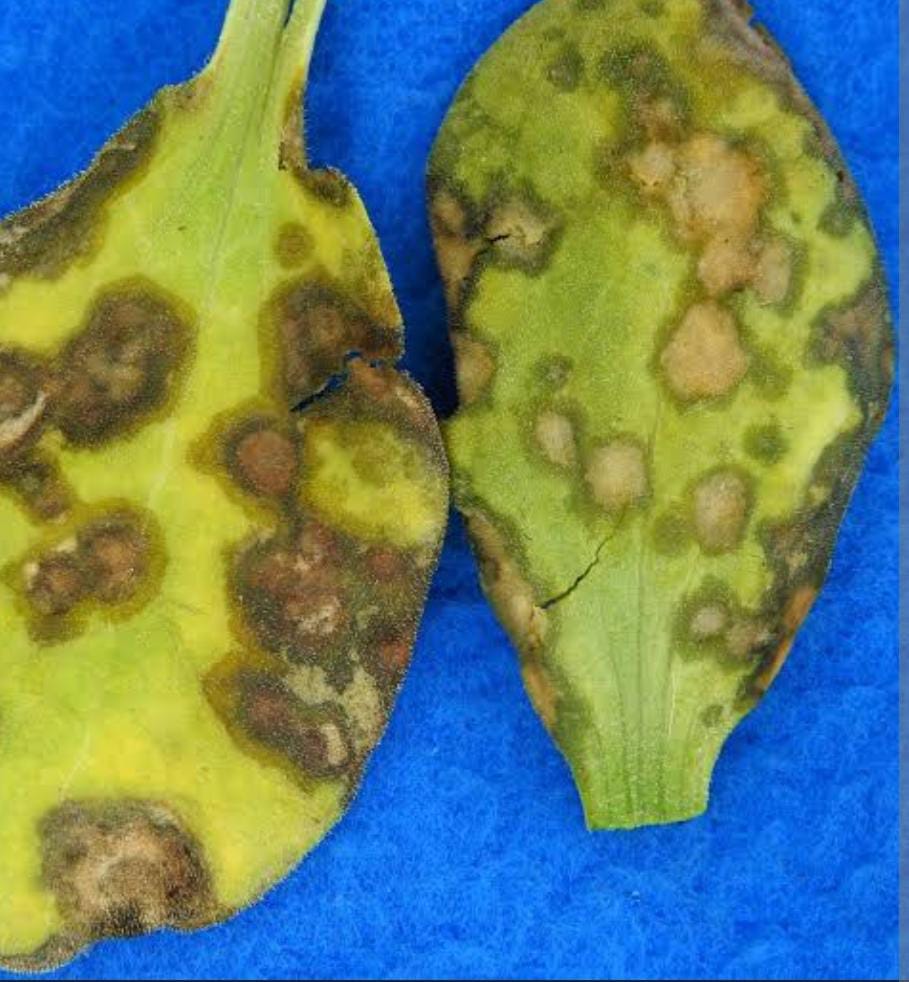Summer Squash Plant
Summer squash, an annual, prefers well-drained, fertile soil and full sun. It's fast-growing but sensitive to frost. Adequate watering supports growth.
Habit
Annual
Height
0.5-1 m
Growth
Fast
Soil
Well-drained, loamy
Shade
Full Sun
Moisture
Moist
Edible
Yes
Medicinal
No
Origin
North America
Climatic Condition
Warm, Subtropical
Temperature (°)
18-29°C
Humidity (%)
50-70%
Potting media
Loamy, peat
Fertilizers
Balanced NPK (10-10-10)
Watering
Regular
Plant Weight
100-300 g
Flowering Time
Summer, Fall
Soil Ph level
6.0 - 7.5
Water Ph level
6.0 - 7.0
Soil EC
1-2 dS/m
Yield Per Plant
4-6 kg per plant
NPK ratio
10:10:10
life Span
Annual
Health Benefits
High in vitamins A and C
Suggested Grow Media or Potting Mix ?
40% compost, 30% peat moss, 30% perlite
Suggested Fertigation/Fertilizers
Fertilize every 2 weeks with a balanced, water-soluble fertilizer.
Common Diseases and Remedies
Alternaria leaf blight , fusarium crown and foot rot
yellow to brown spots , tan or brown spots on leaves
Remove damaged leaves , crop rotation
HEALTH BENEFITS
· Low in calories and rich in vitamins A and C.
· Supports digestion and heart health due to its fiber content.
What Is A Summer Squash?
Squash is a genus of herbaceous fruits in the Cucurbitaceae family (Cucurbitaceae), native to the Andes and Mesoamerica. Five edible species are cultivated and consumed for their meat and seeds. 
What Are The Different Types Of Summer Squash
Hubbard squash:
One of the largest winter squashes, the Hubbard pumpkin can weigh up to 20 pounds and range in color from bright orange to gray-blue.
Acorn squash:
is also a common variety of winter squash. This tulip-shaped pumpkin has a thin, dark green skin and slightly fibrous yellow-orange flesh. This winter variety has pink, orange and yellow skin.
Buttercup Squash:
This type of squash is similar to an acorn squash, but has a smaller top, Glass said. Also known as Candy Pumpkin.
How To Care Summer Squash
Location
Pumpkins grow best in sunny locations and fertile, well-drained soil. Mix organic material and a complete fertilizer into the area before planting. Once the soil is at 65°F (20°C), plant 4 to 6 pumpkin seeds directly into your garden.
Sunlight
Pumpkin plants require plenty of sun to produce. Try to plant or start seeds in a spot that receives at least six hours of sunlight per day. (You can use a sunlight calculator to calculate this.) More is better, but if the weather is too hot for too long, your pumpkin plant may become stressed and dormant.
Hydration
All pumpkins, especially large pumpkin varieties, require a constant supply of moisture to reach their full potential. Water 1 to 2 inches per week, and water more frequently during dry periods.
Nourishment
This is the ratio of nitrogen (N), phosphorus (P) and potassium (K) in the fertilizer. Winter squash, like most plants, require a balanced diet. Too much of one nutrient can lead to a deficiency of others. Therefore, you should choose a fertilizer with a balanced NPK ratio, such as 10-10-10 or 14-14-14.
Issues
Powdery Mildew
Squash Beetle
Bacterial Spot Diseases
Squash Borer
FAQs About Growing Summer Squash
1. How do I keep my squash plants healthy?
Maintain this steady growth by watering very thoroughly whenever its dry – squashes love moist soil and will respond accordingly. Remove any weeds that manage to poke through, and top up mulches using organic matter such as garden compost to help roots stay cool and moist
2. Why are my squash plants dying?
Squash plants that suddenly wilt may be infested with squash vine borers. Check the base of the plant's stem for damage. You may notice piles of a sawdust-like substance called frass produced by these insects. The adult butterfly is a black and orange butterfly that lays eggs near the base of the stem.
3. What are the problems with summer squash?
A common problem with summer squash is butt rot. The main symptom is dark dry rot on the floral ends of the fruit. Flower end rot is caused by a lack of calcium in the developing fruit.
4. What is causing my pumpkin to break?
The worst pests of North American pumpkins that appear out of nowhere in early summer are the pumpkin potato beetle (Anasa tristis) and the pumpkin borer (Melittia cucurbitae). Both pests are native species and have probably been harming pumpkins and pumpkins for thousands of years, or as long as these plants have been cultivated by humans. March 18, 2023
5. Do I need to water my pumpkin every day?
All pumpkins, especially the large pumpkin varieties, require constant moisture to reach their full potential. is needed. Give 1 to 2 inches of water per week, and more frequently during dry periods



